I am in Bangkok for a workshop. Here are some pics.
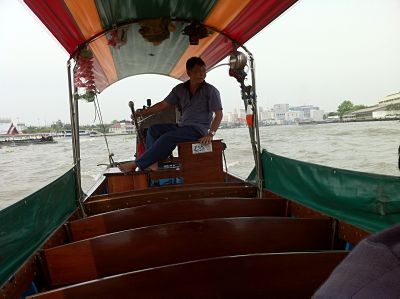
The infamous water taxi.
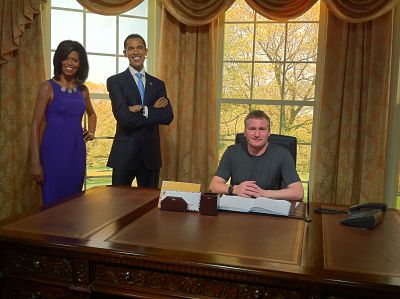
Madame Tussauds – I could have smiled I guess.
I am in Bangkok for a workshop. Here are some pics.

The infamous water taxi.

Madame Tussauds – I could have smiled I guess.
I am in Washington at the moment and attended the Hershey Car Show. This is huge. Here is a selection of some of the cars.
Here are some of the famous monuments.

Washington Monument.

Lincoln Memorial.

The Ford Theater where Lincoln was shot.

The Hubble Telescope.

One of the Apollo Crafts.

I went to the Holocaust Museum – Chilling. Here is one of the carriages. “As many as 100 victims were packed into a single car. … Frequently, the trains halted for hours or days at a time on side tracks or in stations along the way.”
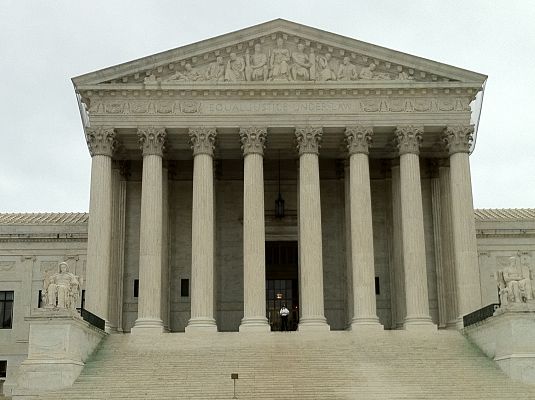
The Supreme Court.

The Supreme Court.
Some photos from the Empire State Building – not a bad view!
I went to Madame Tussauds in Washington which displayed all of the Presidents. Here are some …
I went to another car show with an amazing selection. Here are some …

This was my ride to the carshow – a1933 Packard

Another Packard – this time a 1932.

1926 Rolls Royce

1931 Cadillac

1924 Sayers and Scovill


And a modern one to finish – a 2011 Ferrari Italia 458
I was very fortunate to get a tour inside this address. Unfortunately, photos inside were not allowed.
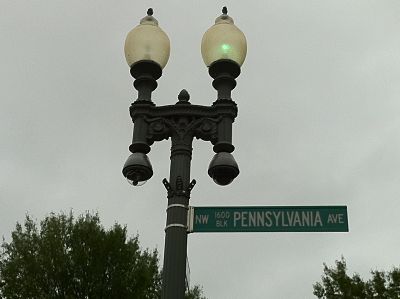
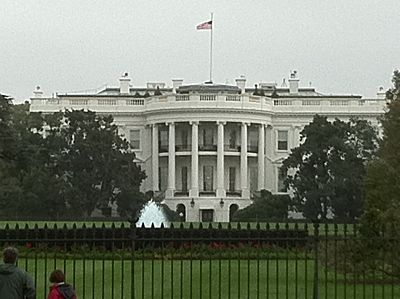



The Jefferson Memorial

President Kennedy’s grave at Arlington Cemetery
I read this online this morning. The findings are intuitively attractive, though should also be taken with a grain of salt. If these results were the outcome of an experiment or direct observation, they would have more weight. However, I am always incredibly cautious with survey results. When answering a survey on behaviour, a couple of assumptions are implied. First, the person accurately reports their behaviour which is often not the case due to inaccurate recall, or they describe how they think they should answer. Second, asking “why” questions makes the assumption that people understand the variables that operate on their behaviour – simply, in most cases, they do not. This is evident in the article below where people answer why they kept to the speed limit and the reply was “due to safety.” Here we have the nominal fallacy of the description of behaviour (driving safely – keeping to the speed limit) used as the explanation of behaviour (keeping to the speed limit – driving safely) – nothing in this explanation adds to our knowledge of the variables operating on our driving behaviour.
Male motorists take more risks
Last updated 10:01 19/05/2010
Male motorists take more risks than women at drink-driving and speeding, an AA Insurance survey has found.
The survey of 4336 drivers aged 18-65 found men were more likely to drink and drive than women, with 32 percent of men and 24 percent of women saying they had driven when they were probably over the limit.
Nineteen percent of men said it was OK to drive after a few drinks as long as they felt capable, compared with 9 percent of women.
The same percentage of men said they sometimes altered their driving route to avoid being breathalysed after drinking, compared with 11 percent of women.
Nearly a quarter of men (24 percent) said they broke the speed limit ”most of the time”, compared with 16 percent of women, but 90 percent of those breaking the limit said they exceeded it by only 5-10kmh.
When asked why they kept to the speed limit, 47 percent of women and 36 percent of men said it was due to safety.
AA Insurance deputy general manager Martin Fox said men were more confident than women in their driving abilities and took more risks, but they also spent more time behind the wheel.
Men were also more confident in their ability to teach others to drive.
The drink-driving figures were “cause for real concern,” and the survey results suggested risk-taking behaviours could be passed on to the next generation of drivers, he said.